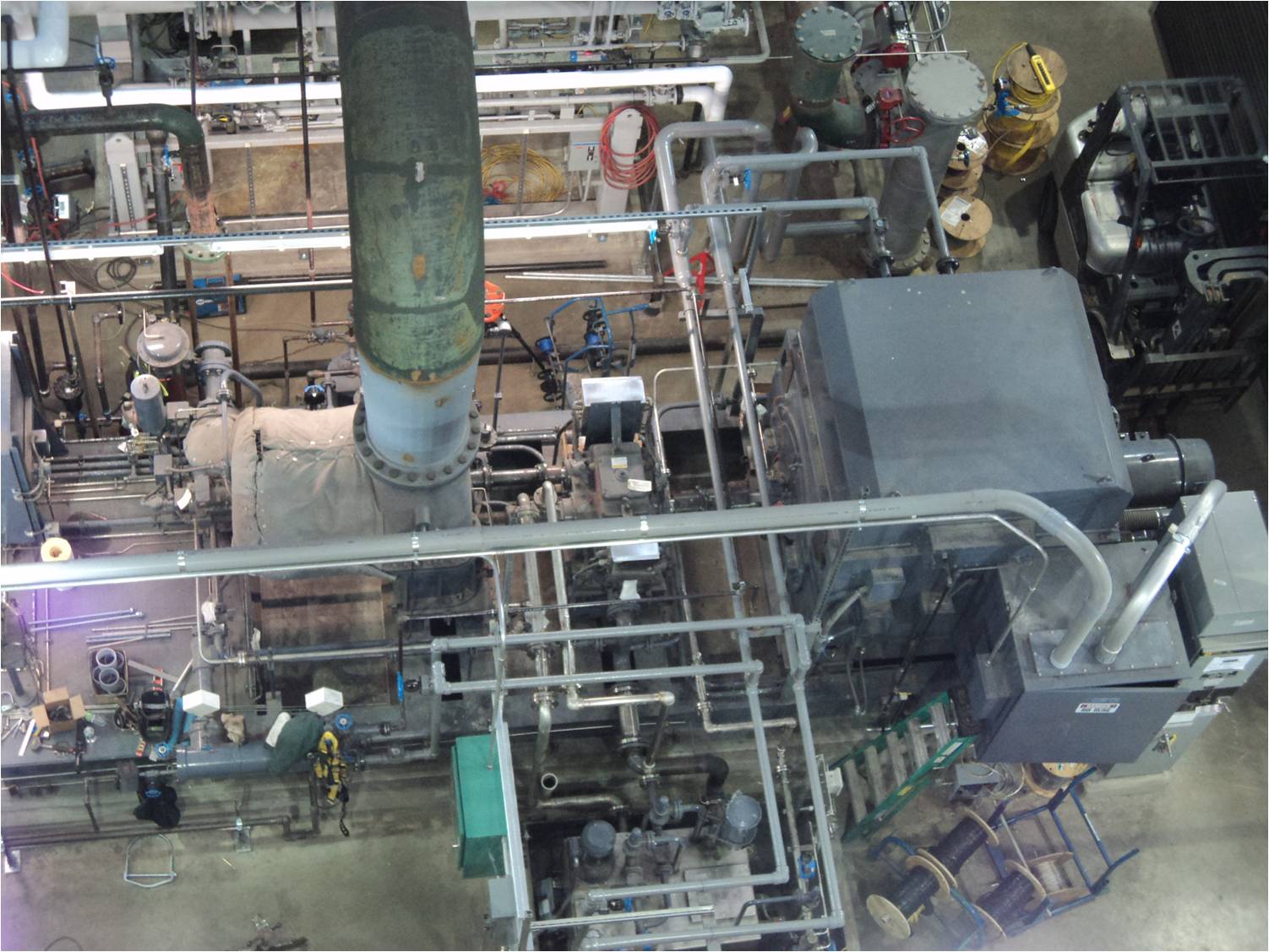Waste Heat Recovery Facility

Wastewater treatment is extremely energy intensive due to all of the processes and equipment needed to meet our stringent CT DEEP permit limits. Energy use is relatively constant at the plant, but costs are anything but constant. Just like homeowners experience increasing energy costs, the Hartford facility experiences the same thing, on a much larger scale. Each day the Hartford WPCF uses about 3.5 MW (million watts) of electricity. Put another way, the Hartford WPCF daily electrical use is roughly equivalent to having 35,000 one hundred watt light bulbs on 24/7! Residential electricity is typically measured in kilowatts (KW), or thousands of watts). The plant used enough electricity in an average day to power about 1,500 homes.
One of the fundamental elements of wastewater treatment is to remove solids from the wastewater, thus producing clean water and removed solids. Each day the Hartford WPCF removes 200 – 300 tons of solids during the treatment processes. The solids are incinerated at very high temperature (1,250F) to reduce the volume and produce inert ash.
One of the most exciting projects at the HWPCF will be using that heat to produce electricity – nearly 40% of the plant’s total needs! This is an extremely green and sustainable process that will help lower operating costs while benefiting the environment. The heat from the top of the incinerators will travel through large boilers where steam is produced. The steam will travel to a turbine, spinning it at a high rate of speed. The turbine will be connected to an electrical generator, creating electricity.